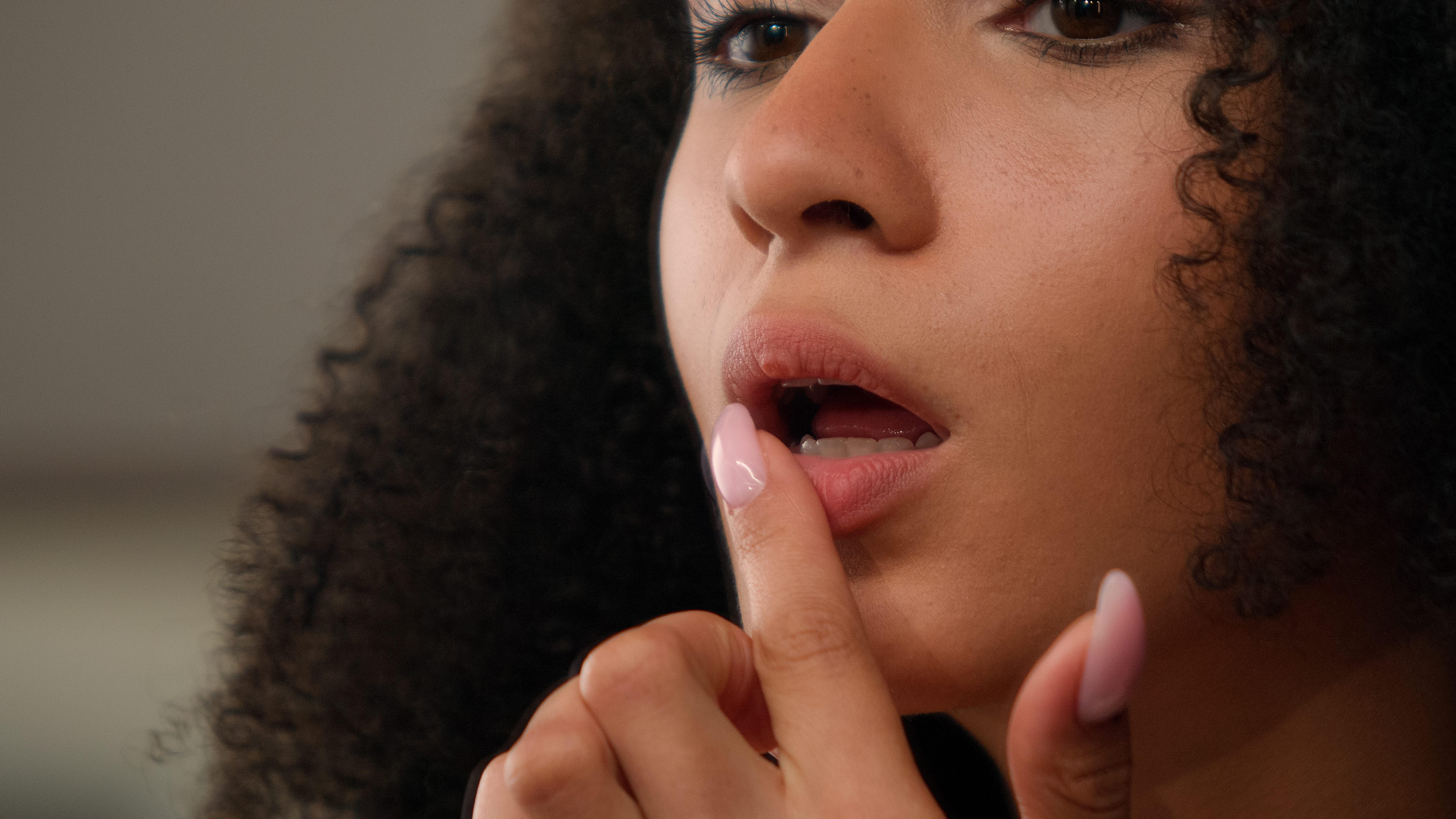Are You Eating Too Much Salt Without Realizing It?
In our fast-paced world, convenience often dictates our dietary choices, leading many to underestimate their sodium intake. While salt is an essential mineral that plays a critical role in maintaining bodily functions, excessive consumption can lead to adverse health effects, including hypertension and cardiovascular diseases. The challenge lies in the hidden sodium present in everyday foods, often masked by labeling and marketing strategies. This article delves into the subtle signs that might indicate you're consuming more salt than you realize, shedding light on the stealthy sodium surge that could be impacting your health more than you think.
1. The Silent Thirst: Constant Craving for Water
One of the earliest signs of high sodium intake is an unquenchable thirst. When you consume too much salt, your body tries to balance the sodium concentration in your bloodstream by drawing water from cells, leading to dehydration. This cellular dehydration triggers a thirst response, urging you to drink more water. If you find yourself constantly reaching for your water bottle, it might be worth examining your diet for hidden sodium sources. Foods like bread, processed meats, and canned soups can contribute to this stealthy salt overload, making you thirstier than usual.
2. The Puffy Morning Face: Facial Bloating

Waking up to a swollen face can be more than just a cosmetic concern; it might be a red flag for excess sodium intake. Sodium holds onto water, and this retention can manifest as puffiness, particularly noticeable in the face and under the eyes. This symptom is often a result of consuming high-sodium foods the night before, such as takeout meals, salted snacks, or even certain breakfast cereals. Monitoring your diet and reducing sodium can help alleviate this morning puffiness, making it a crucial clue in identifying hidden salt in your diet.
